Introduzione
Nel campo dell'ingegneria del vento, una modellazione e una validazione accurate sono fondamentali per garantire l'integrità strutturale e le prestazioni aerodinamiche di varie strutture come le antenne (Figura 1). Due to their slender and often flexible nature, antennas are particularly susceptible to wind-induced forces, such as vortex shedding, galloping, and buffeting. These dynamic effects can lead to significant structural vibrations, material fatigue, and even failure if not properly accounted for in the design phase.
To address these challenges, rigorous validation of computational models is necessary to ensure that the theoretical predictions align with the real-world performance. One such example is the validation of antenna wind-loading simulations through experimental testing and computational fluid dynamics (CFD) analysis. This process allows engineers to refine their models, improve accuracy, and enhance the overall reliability of antenna structures in various environmental conditions.
In collaboration with RWTH Aachen University, a leading institution in engineering and applied sciences, practical studies are conducted on antenna structures exposed to wind loads. By combining theoretical approaches with empirical data, the research aims to bridge the gap between simulation and reality, contributing to the development of safer, more resilient antenna designs. This study underscores the importance of validation in wind engineering, demonstrating how academic-industry collaboration can lead to more precise modeling techniques and improved structural performance in real-world applications.
Descrizione
In the current validation example, the force coefficient for both CFD simulation in RWIND and experimental study [1] from RWTH Aachen University is investigated. The central model represents an antenna with a rectangular cross-section, positioned above a grid surface that serves as the ground plane or wind tunnel floor. The model includes several dimensional labels in magenta, indicating specific measurements: the total height of the antenna is 0.50 m; its base is elevated 0.20 m from the ground, with 0.08 m as the length in the y direction; and the top width (in the x direction) of the antenna is 0.056 meters (image 2).
Analytical Solution and Results
The required assumption of the wind simulation is illustrated as the following table:
| Table 1: Dimensional Ratio and Input Data | |||
| Velocità di riferimento del vento | V | 10 | m/s |
| Crosswind Dimension | b | 0.080 | m |
| Alongwind Dimension | d | 0.058 | m |
| Altezza | href | 0.5 | m |
| Bottom Gap | Gap | 0.20 | m |
| Air Density - RWIND | ρ | 1.25 | kg/m3 |
| Direzione del vento | θwind | 0o to 360o with step 30o | Grado |
| Turbulence Model - RWIND | Steady RANS k-ω SST | - | - |
| Kinematic Viscosity (Equation 7.15, EN 1991-1-4) - RWIND | ν | 1.5*10-5 | m2/s |
| Scheme Order - RWIND | Secondo | - | - |
| Valore obiettivo residuo - RWIND | 10-4 | - | - |
| Residual Type - RWIND | compressione | - | - |
| Numero minimo di iterazioni - RWIND | 800 | - | - |
| Boundary Layer - RWIND | NL | 10 | - |
| Type of Wall Function - RWIND | Enhanced / Blended | - | - |
| Intensità di turbolenza | i | 3% | - |
The wind force coefficients for various wind directions (θ = 0o to 360o with step of 30o) have been determined using RWIND, as illustrated in Image 3. The results indicate a deviation of approximately 8% from the experimental data.
Furthermore, the Antenna model is available to download here:












..png?mw=320&hash=bd2e7071b02d74aef6228d22c4b83867d2d7e1a5)









.png?mw=350&hash=d48786243b6e6ea52c46161d98f18495d06c047f)
















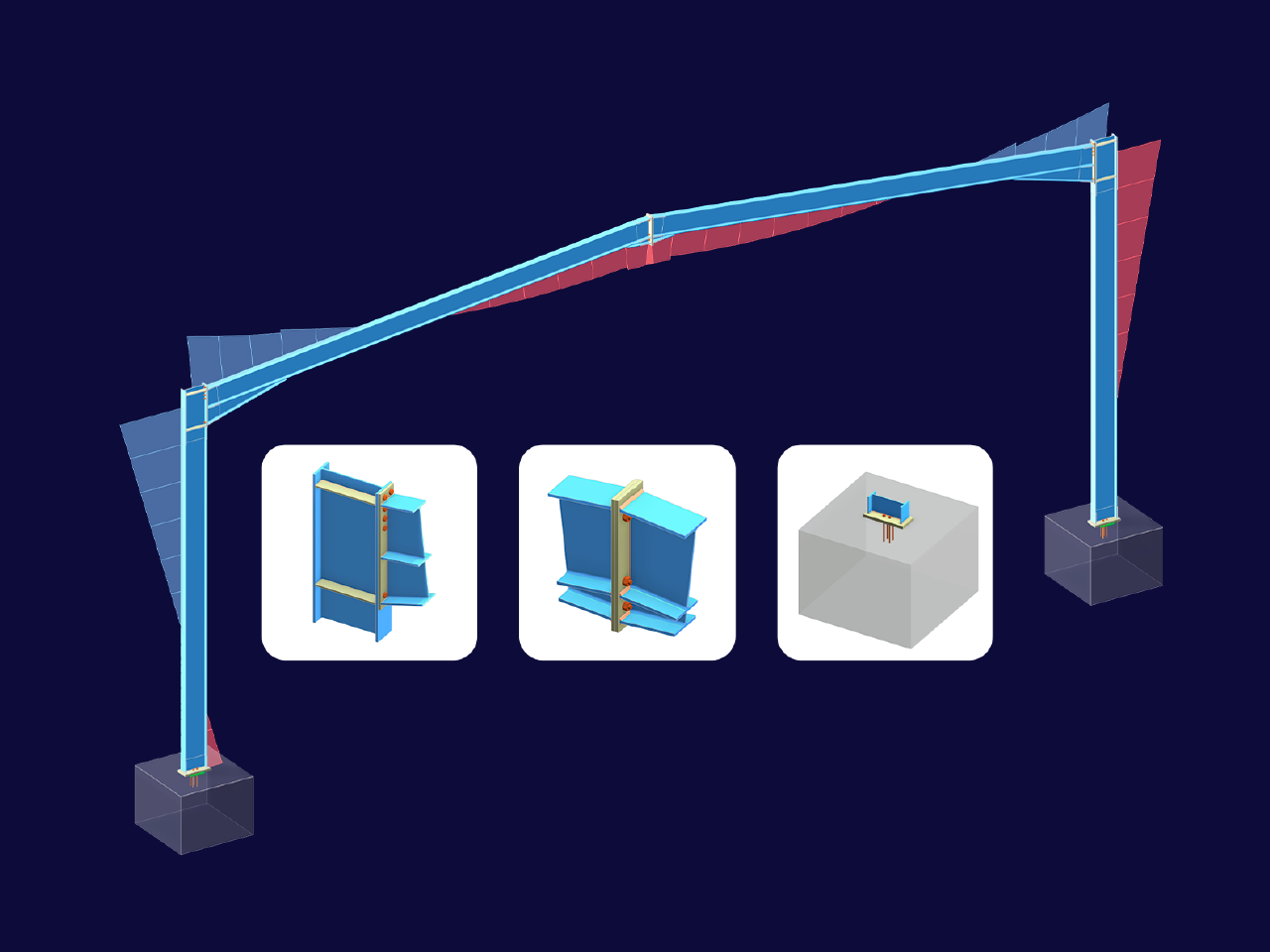

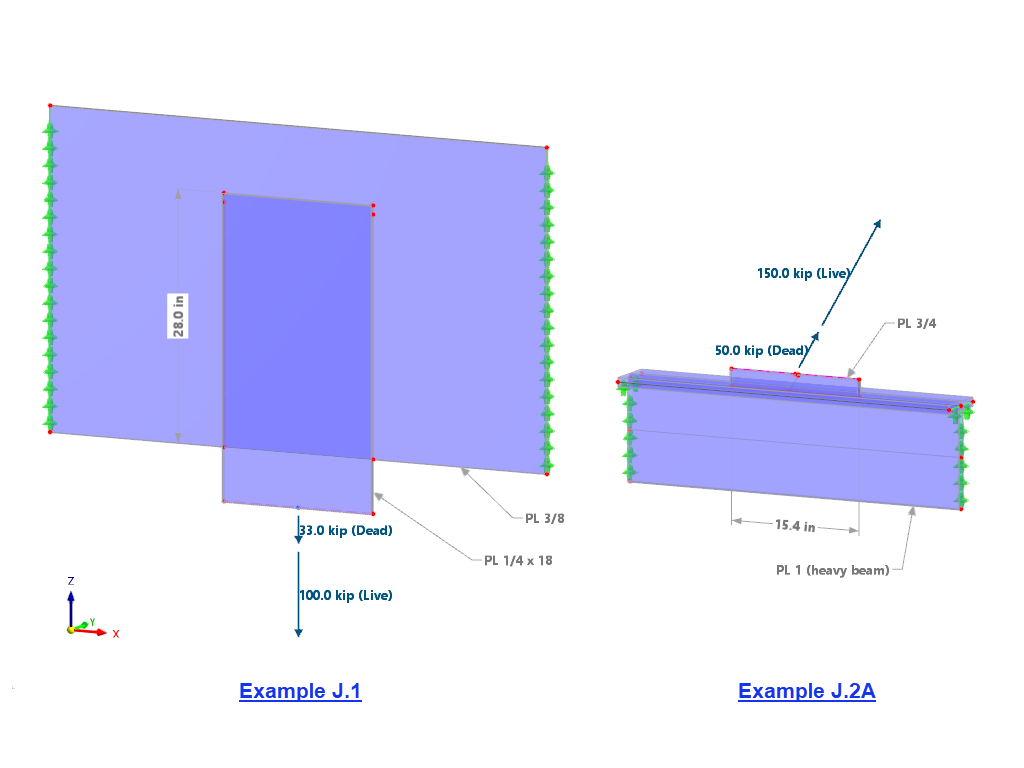
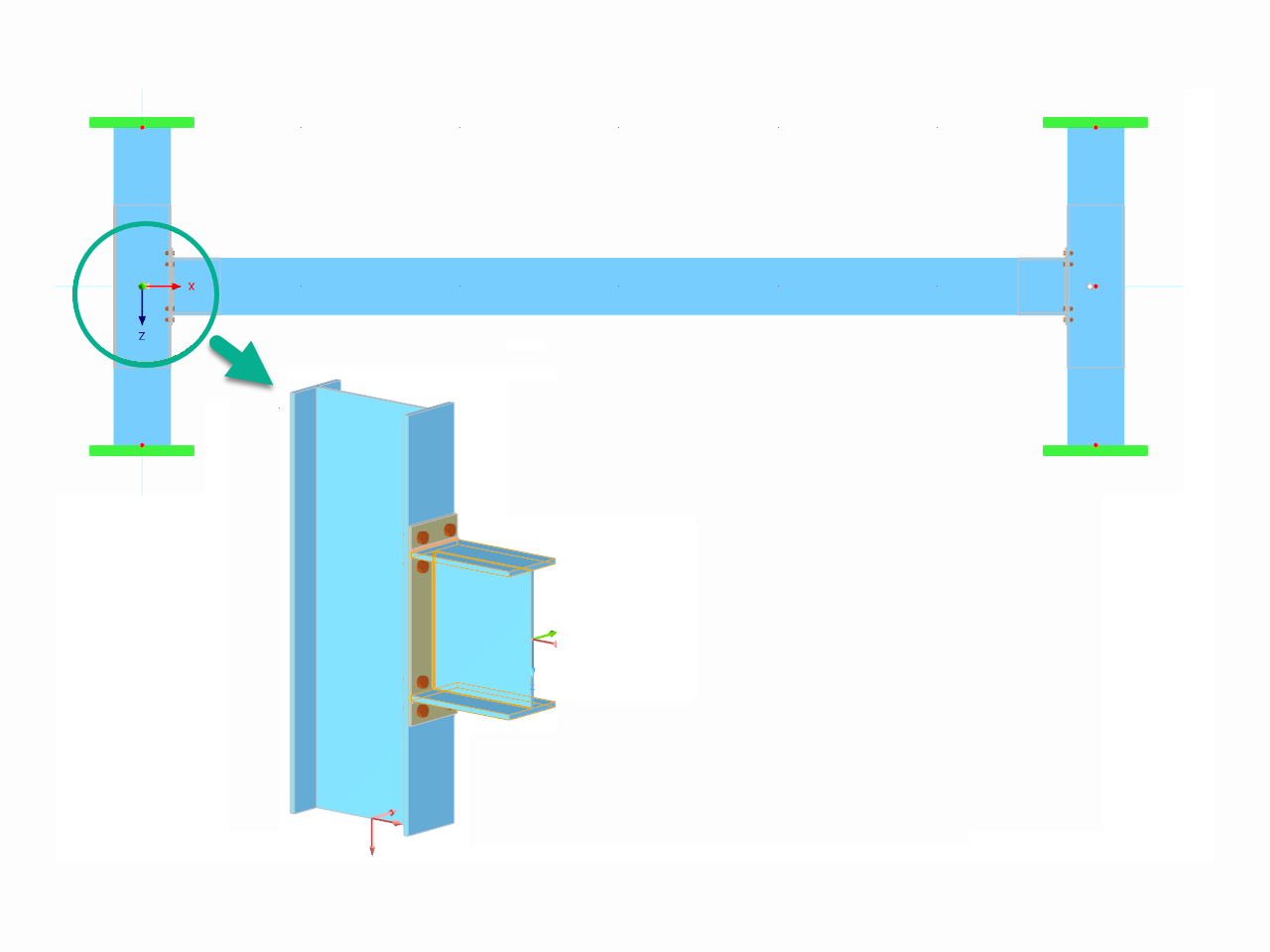






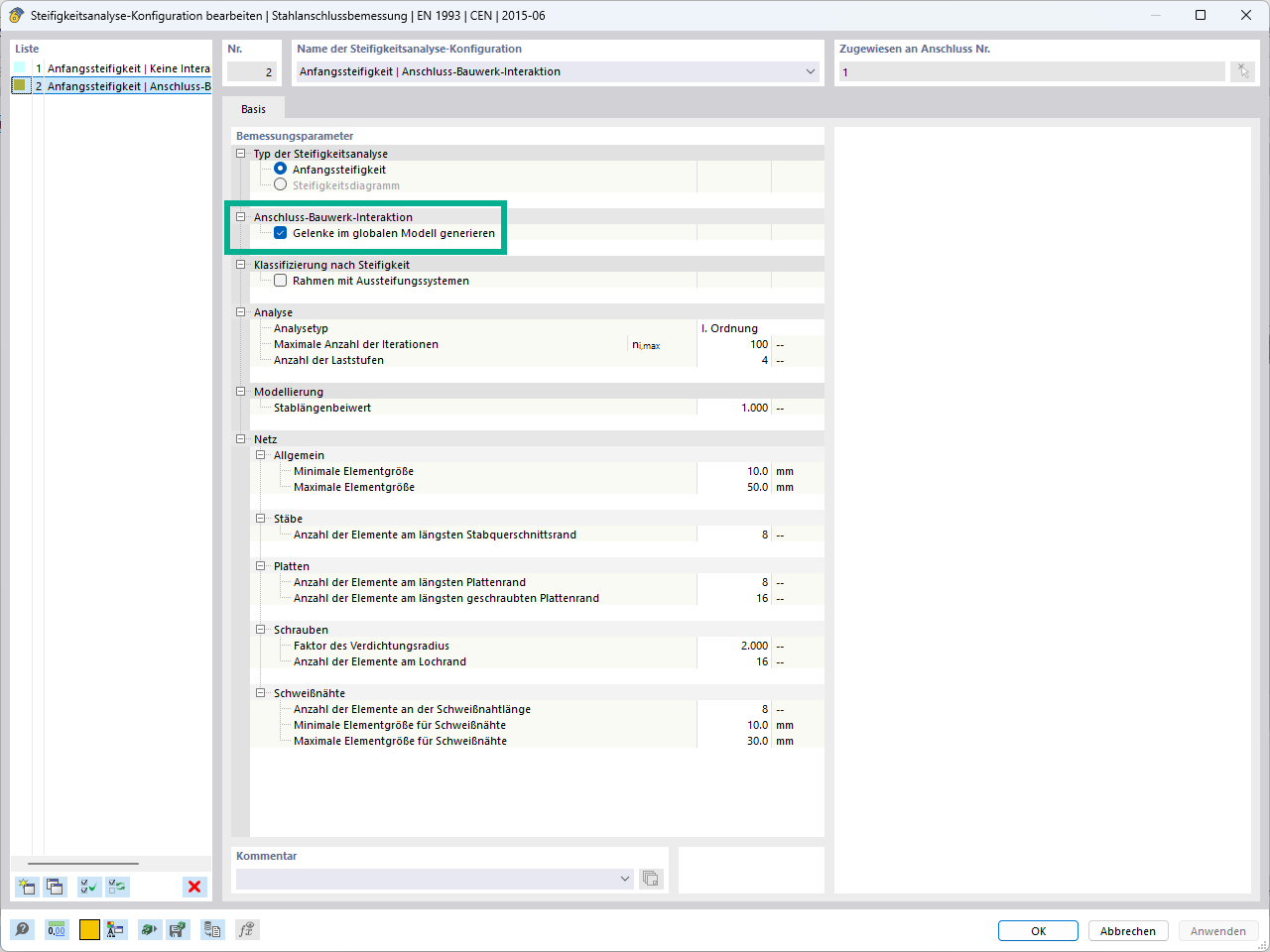


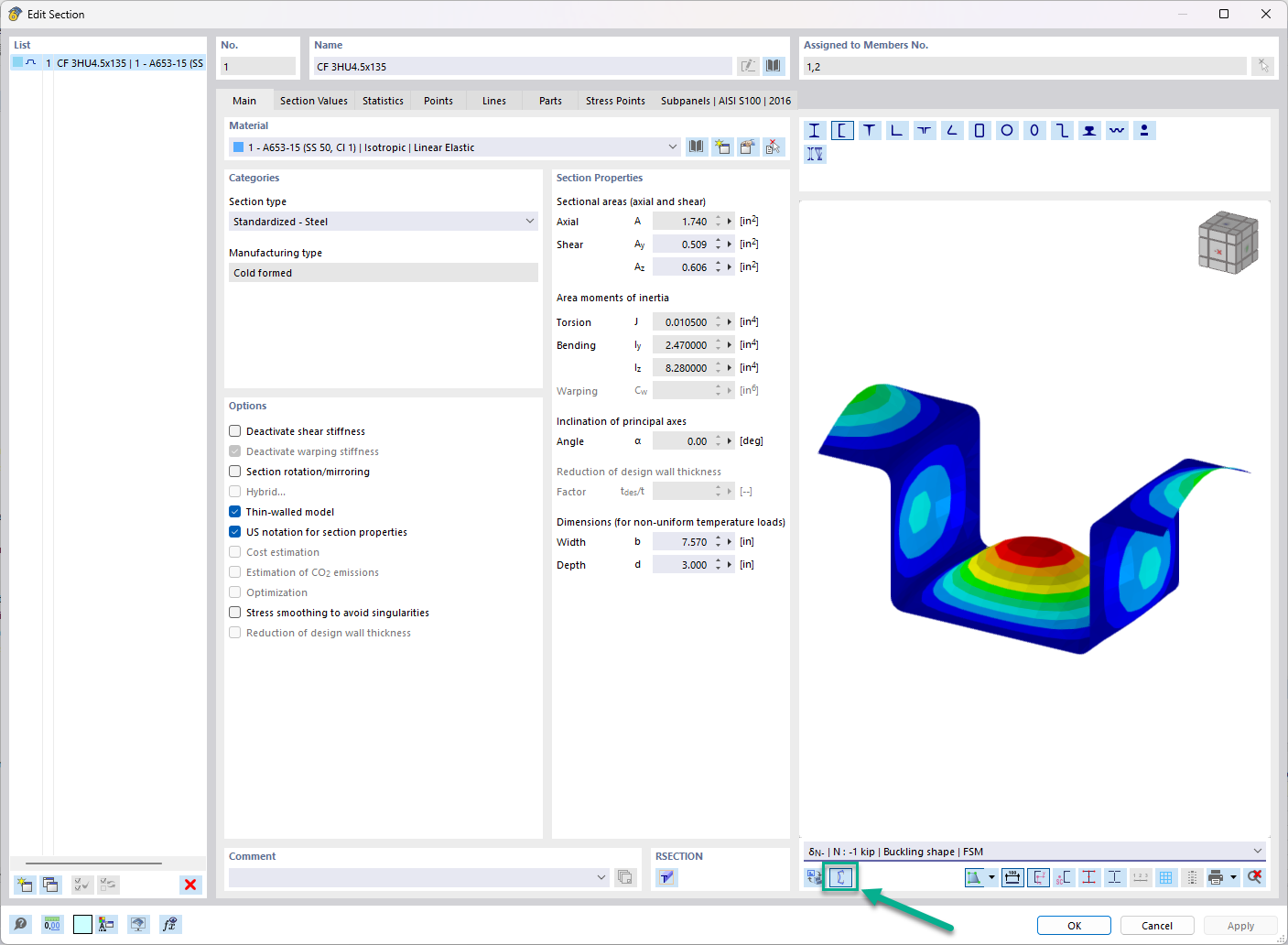




_1.jpg?mw=350&hash=ab2086621f4e50c8c8fb8f3c211a22bc246e0552)



